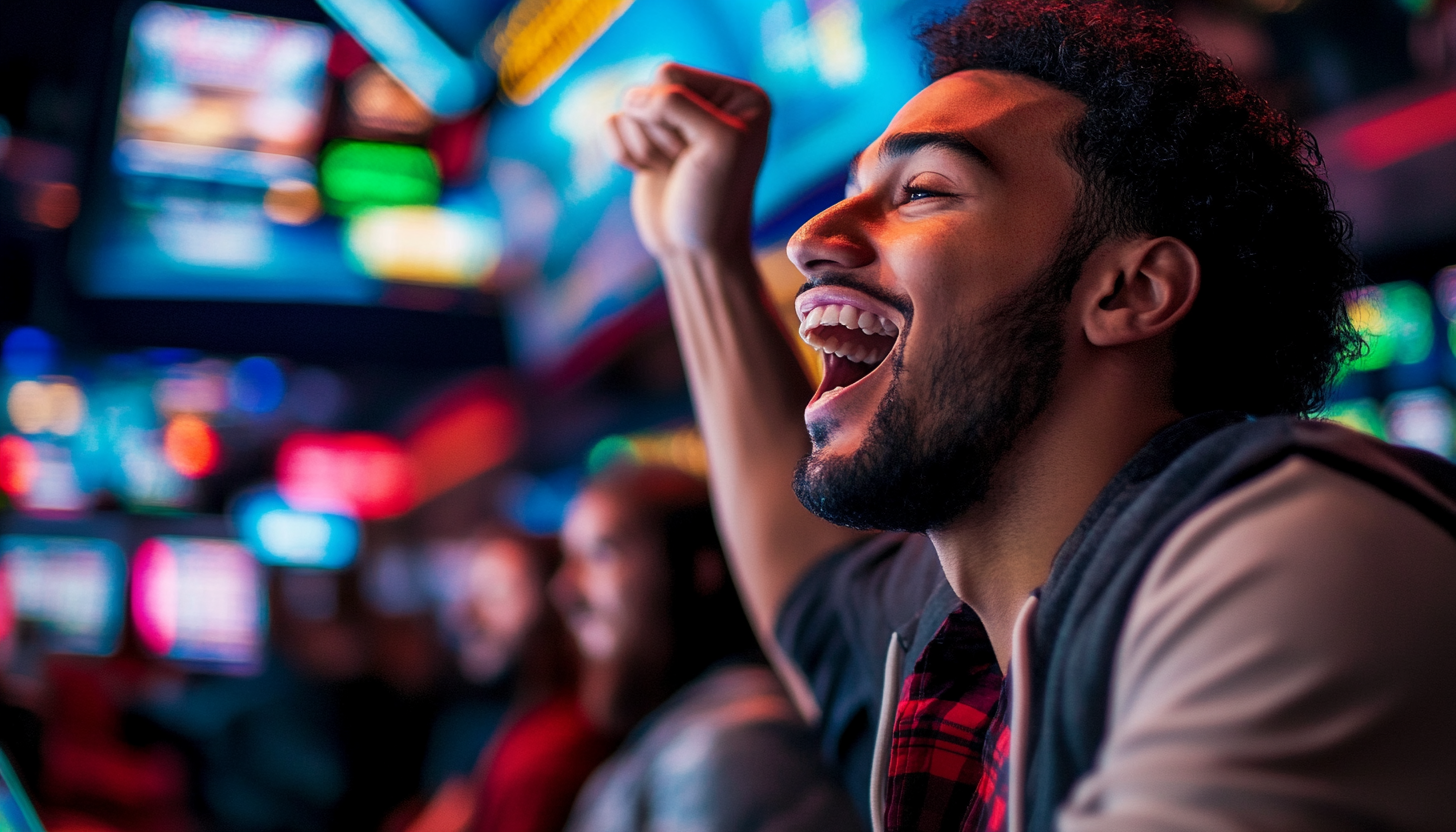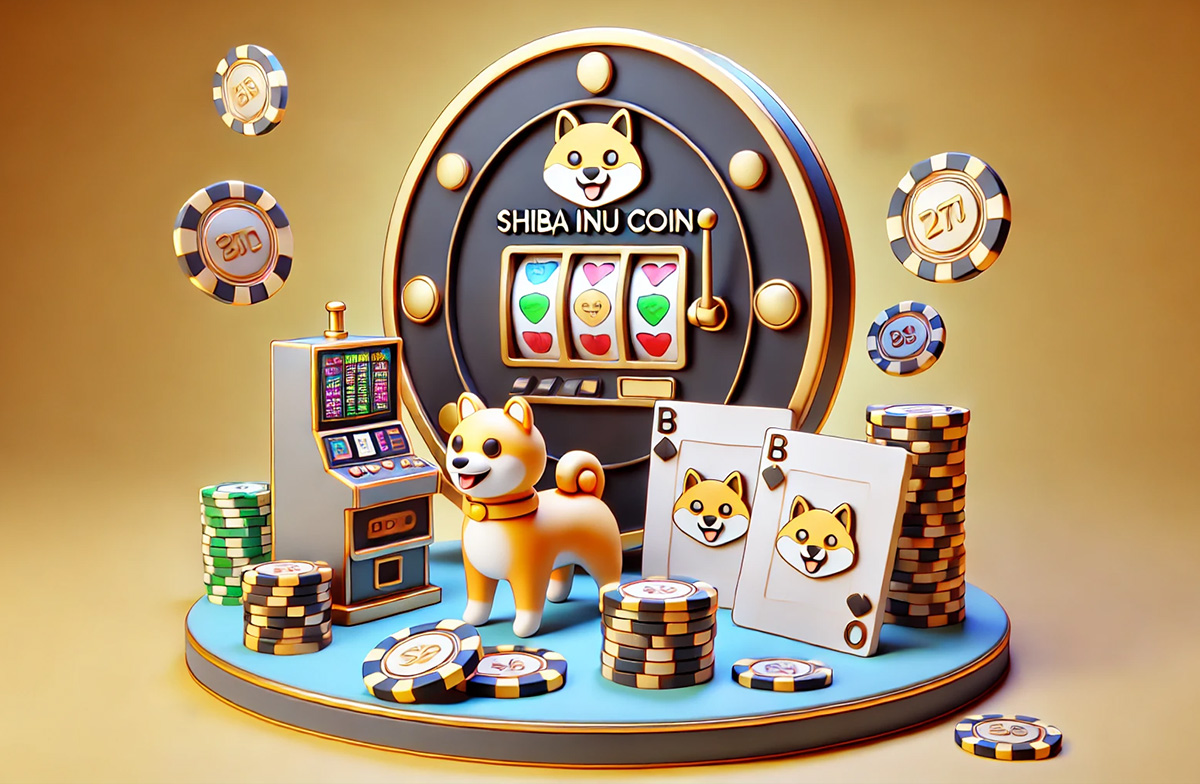In today’s competitive marketplace, businesses are continually striving to forge deeper connections with their customers. One of the most effective ways to achieve this is through loyalty programs. In the Philippines, these programs have evolved significantly, reflecting the country’s unique culture, consumer behavior, and economic conditions. From traditional points-based systems to innovative customer engagement strategies, Philippine loyalty programs offer a fascinating blend of features designed to enhance customer experience and foster brand loyalty.
The Cultural Landscape
Understanding the unique characteristics of Filipino culture is crucial to appreciating the effectiveness of loyalty programs in the country. The Filipino ethos is deeply rooted in interpersonal relationships and community, which extends to consumer behavior. Filipinos value personal connections, and this is evident in how loyalty programs are designed to foster relationships between brands and customers.
Filipinos also have a strong affinity for rewards and incentives. Whether it’s through barangay festivals or family gatherings, the simple act of giving and receiving is celebrated. Loyalty programs tap into this cultural behavior, making them particularly successful and appealing in the Philippine market.
Features of Philippine Loyalty Programs
1. Points-Based Systems
Many loyalty programs in the Philippines operate on a points-based system where customers earn points for each purchase, which can be redeemed for discounts, freebies, or exclusive products. Prominent examples include the SM Advantage Card and the Robinsons Rewards Program, which offer robust points accumulation systems. What sets these programs apart is their ability to seamlessly integrate into the shopping experience, allowing customers to track their points easily through mobile apps, in-store interactions, or online shopping.
2. Tiered Membership Levels
To incentivize higher spending and deepen customer loyalty, many brands employ tiered membership levels. For instance, the BPI Rewards Program categorizes its members into different tiers, each offering unique benefits. Higher tiers, achieved through increased spending, unlock better rewards, exclusive access to events, and personalized offers. This structure not only encourages repeat business but also provides consumers with a sense of achievement as they ascend the loyalty ladder.
3. Collaborative Partnerships
A distinct feature of Philippine loyalty programs is the collaboration between various brands and service providers. The GCash app, for instance, partners with multiple retail outlets and service providers, enabling users to accumulate points from various commercial activities. These partnerships enhance the value of loyalty programs by allowing customers to earn and redeem rewards across different platforms, making the whole experience more holistic and integrated.
4. Experiential Rewards
While discounts and free items are essential, experiential rewards are gaining traction in the Philippine loyalty landscape. Brands are offering exclusive experiences — be it a meet-and-greet with celebrities, priority access to events, or unique behind-the-scenes tours. For example, the Globe Rewards program gives its members access to concerts and digital events. These experiential offerings resonate well with the Filipino desire for memorable experiences, enhancing emotional ties to the brand.
5. Gamification Elements
To keep customers engaged and excited, many loyalty programs in the Philippines include gamification elements. For instance, some brands use interactive games or challenges where customers can earn additional rewards based on their participation or performance. This feature appeals to the youth demographic and adds an element of fun to the shopping experience, increasing customer involvement and brand affinity.
6. Social Media Integration
With the Philippines being one of the top social media users globally, many loyalty programs have embraced digital communication channels. Brands utilize social media to announce promotions, engage with consumers, and even offer special loyalty rewards for social sharing and referrals. This approach not only broadens the program’s reach but also encourages word-of-mouth marketing, amplifying customer engagement.
7. Personalization and Data Utilization
Modern loyalty programs in the Philippines increasingly leverage data analytics to personalize offers and recommendations. Brands collect data on customer purchasing habits, preferences, and behaviors to tailor rewards that resonate with individual consumers. This degree of personalization enhances customer satisfaction and fosters greater loyalty.
Conclusion
As the landscape of retail and consumer behavior continues to evolve, loyalty programs in the Philippines are redefined to meet the changing needs of consumers. By integrating cultural elements, leveraging technology, and focusing on relationship-building, these programs create a rich reward ecosystem that not only incentivizes spending but also enhances the overall customer experience. As Filipino consumers continue to seek value in their purchases, brands will need to innovate and adapt their loyalty strategies, ensuring they remain relevant in a fast-paced and dynamic market. In this quest for loyalty, the rewards are ultimately redefined, positioning both brands and customers for a more vibrant relationship in the years to come.





